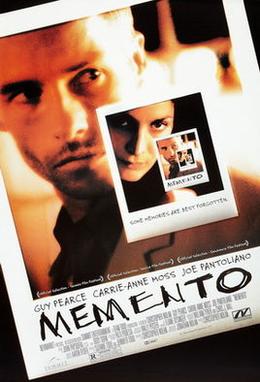The role of a film trailer is to provide the audience with a
brief premise of the upcoming film, establishing its genre, plot and cast. They
contain clips from the film (though sometimes clips are exclusive to the
trailer only) of key parts of the film’s story, non-diegetic music and a
voiceover (either a narrator or dialogue from a character) to explain what is
happening. Due to the fact that most trailers only last 2-3 minutes, they are
very fast-paced (with a large amount of cuts) and will slowly build in
intensity towards the end in order to get the audience excited.

For example for the Captain America: Civil War trailer it
began with showing a snowy landscape whilst playing slow, quiet music. There is
a voiceover, which the audience will recognise as Chris Evans in his role as
Steve Rogers/Captain America. He appears to be lamenting how in his job as a
superhero, it is difficult to save everyone.
And as he says this, the trailer proceeds to show clips of various
cities being destroyed while a different voice states the name of each
location. While this is happening the clips cut to each of the character's
solemn and guilty expressions with the music growing in volume.

Later on in the trailer we see and hear a conversation
between two of the main characters (Captain America and Iron Man) about how the
Captain states that no matter the circumstances he cannot ignore a conflict,
this serves as juxtaposition since the following clips during his speech are of
buildings being destroyed and other characters fighting. This continues until
1:20 where a clip of one of the characters falling from the sky is shown with
someone yelling "Rhodes!", which triggers the music to stop and the
trailer to fade to black.
However as another voiceover states "I was wrong about
you, the whole world was wrong about you"
in a venomous tone, the music starts up again with more intensity and a
montage of characters fighting one another is shown. Crosscutting is used for
this and each cut is timed perfectly in order to synch with the music (which
now has drums whereas previously it was only strings).
Towards the end of the trailer we're shown an establishing
shot (much like the beginning of the trailer) of the entire cast (separated
into two teams) running towards each other in order to attack and after we see
the title of the film we are shown an extra scene in which we are introduced to
a new character; Spiderman.
Since the film's creators were aware of how excited the fan's
were when they teased the fact that this character may appear in the newest
Captain America film, to see this humorous yet highly anticipated scene after
such an intense trailer serves as extra incentive for the audience to go watch
the film.




